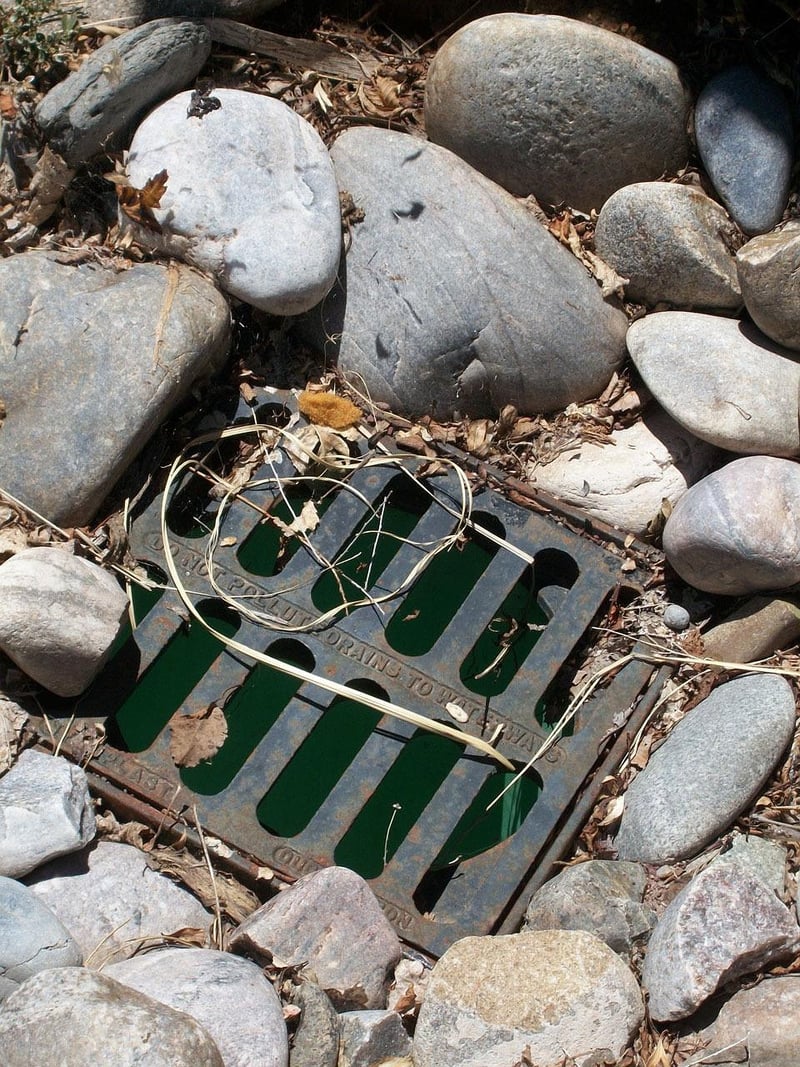Drainage Solutions
Growing Plants in Containers: Drainage Solutions
Container gardening is a popular way to grow plants in small spaces, balconies, or patios. However, one of the key factors to consider when growing plants in containers is proper drainage. Without adequate drainage, plants can suffer from root rot and other issues. Here are some drainage solutions to ensure your container plants thrive:
1. Choose the Right Container
Opt for containers with drainage holes at the bottom. This allows excess water to escape, preventing waterlogged soil.
2. Use Potting Mix
Use a high-quality potting mix that is well-draining. Avoid using garden soil, as it can become compacted and hinder drainage.
3. Add Drainage Materials
Place a layer of pebbles, gravel, or broken pottery pieces at the bottom of the container before adding soil. This helps create air space for drainage.
4. Elevate the Container
Place pot feet or bricks under the container to elevate it slightly. This allows water to flow freely from the drainage holes.
5. Monitor Watering
Avoid overwatering your container plants. Check the soil moisture regularly and water only when the top inch of the soil feels dry.
6. Consider Self-Watering Pots
Self-watering pots have a reservoir at the bottom that allows plants to absorb water as needed. This can help maintain proper moisture levels without the risk of waterlogging.
7. Drill Drainage Holes
If your container doesn't have drainage holes, consider drilling them yourself. This simple step can greatly improve the overall health of your plants.

By implementing these drainage solutions, you can create a healthy environment for your container plants to thrive. Remember that proper drainage is essential for the overall well-being of your plants and can make a significant difference in their growth and development.
Happy gardening!
